|
Summer is the perfect season to make salad your main entrée. With the abundance of great produce you can create enjoyable meals that are fresh, local and seasonal. A salad as your lunch or dinner entrée is a perfect way to follow My Plate’s guidelines and make half your plate fruits and vegetables. Here are some tips on how to make your main dish filling and delicious.
2. Pick the Base and Add Fruits and Vegetables For the base of your salad, there are numerous leafy green options to choose from. Red leaf lettuce and green leaf lettuce are both excellent choices. Green leaf tends to be slightly crisper whereas red leaf typically has a softer texture. Spinach and baby kale are among the most nutrient-dense options, but some people, especially kiddos, often prefer a milder tasting lettuce. Romaine, butter lettuce and iceberg lettuce are all excellent, mild flavored lettuce options. Romaine and iceberg are both quite crisp in texture. Like red leaf lettuce, butter lettuce is silky and smooth. Another popular leafy green that works well in salad is arugula. Arugula has a peppery flavor that goes great in an entrée salad. Look for any of these lettuce varieties at your local grocery store or farmer’s market! You can choose to add vegetables to your leafy greens or you can skip the leafy greens and make vegetables the base of your salad. There are numerous vegetable options to choose from. Some vegetable options for your entrée salad include: cucumbers, bell peppers, tomatoes, onions, carrots, celery, radishes, mushrooms, avocado, artichokes, olives, watercress, beats, beans and hearts of palm. Fruits like apples, oranges, grapefruit, peaches and berries go great with salad. Adding fruits and vegetables increases your salad’s nutritional value. More fruits and vegetables equals more fiber, vitamins, and minerals. Many salad recipes include roasted or grilled vegetables. Vegetables that have been roasted or grilled have a unique taste and texture that can elevate your dish. Cauliflower, Brussels sprouts, broccoli, asparagus, green beans and sweet potatoes are all excellent for roasting or grilling. 3. Select a Dressing Whether you want your salad to be sweet, tangy, spicy or savory you'll likely want to pick a dressing. Dressings are usually made with a fat, an acid and some spices. Dressings are completely customizable so you can create your own dressing depending on your preferred taste. Olive oil is the most common oil used for salad dressings. However, you can use grapeseed oil (which is a great source for Vitamin E!), almond oil, canola oil, flaxseed oil or even avocado oil. Fat is an important component in your salad because it is satiating which means that it will help you feel full. Fat is also important for absorbing vitamins like vitamin A and K. The acid in your salad can come from vinegar or citrus. Balsamic vinegar, red wine vinegar, or apple cider vinegar are all great acid options. Lemon, lime and orange juices can also used as the acid to be mixed with oil and spices to make a delicious citrus dressing. Season your dressing with fresh chopped herbs, minced garlic, minced shallot, salt, pepper or any other spices that match your theme.
Mediterranean Salad with Toasted Chickpeas and Roasted Garlic DressingFor the dressing:
Directions: For the roasted chickpeas:
Nutrition per serving: 390 calories; 24g fat; 10g protein; 37g carbohydrate; 9g fiber; 640mg sodium ~Sara, Dietetic intern
0 Comments
Leave a Reply. |
SD BlogA place for our consultant Registered Dietitian Nutritionists (RDNs) to share nutrition science, yummy and healthy recipes, tips on seasonal ingredients, and other nutritional musings. Enjoy! Categories
All
Archives
May 2024
|

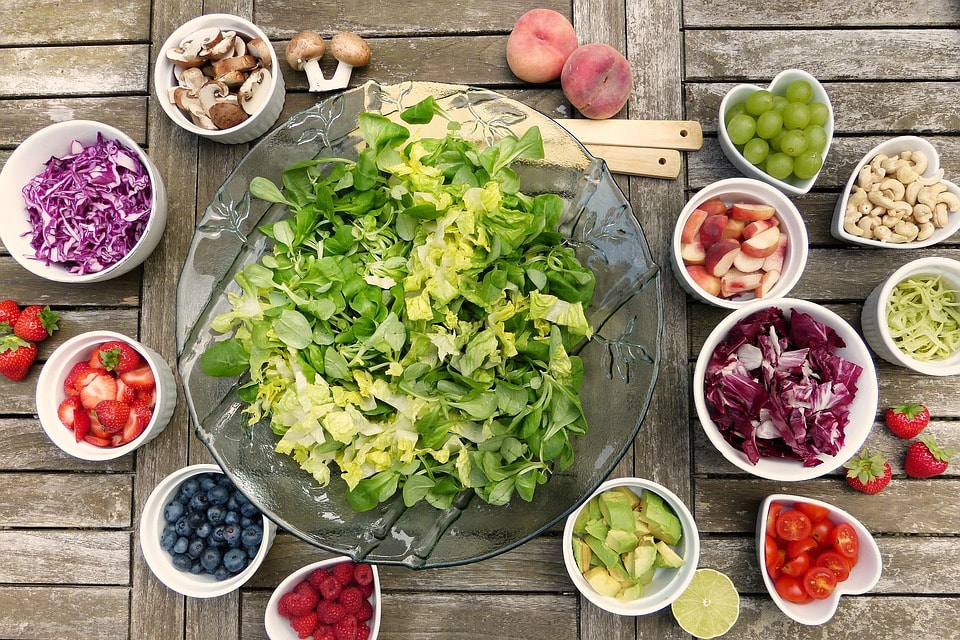
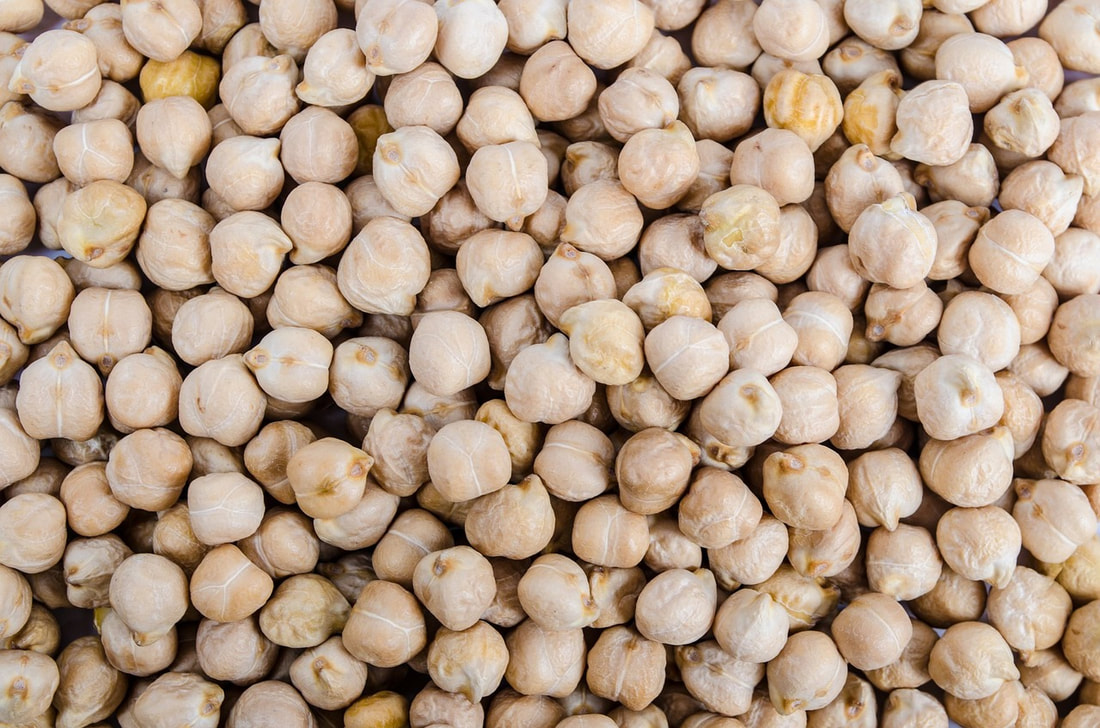
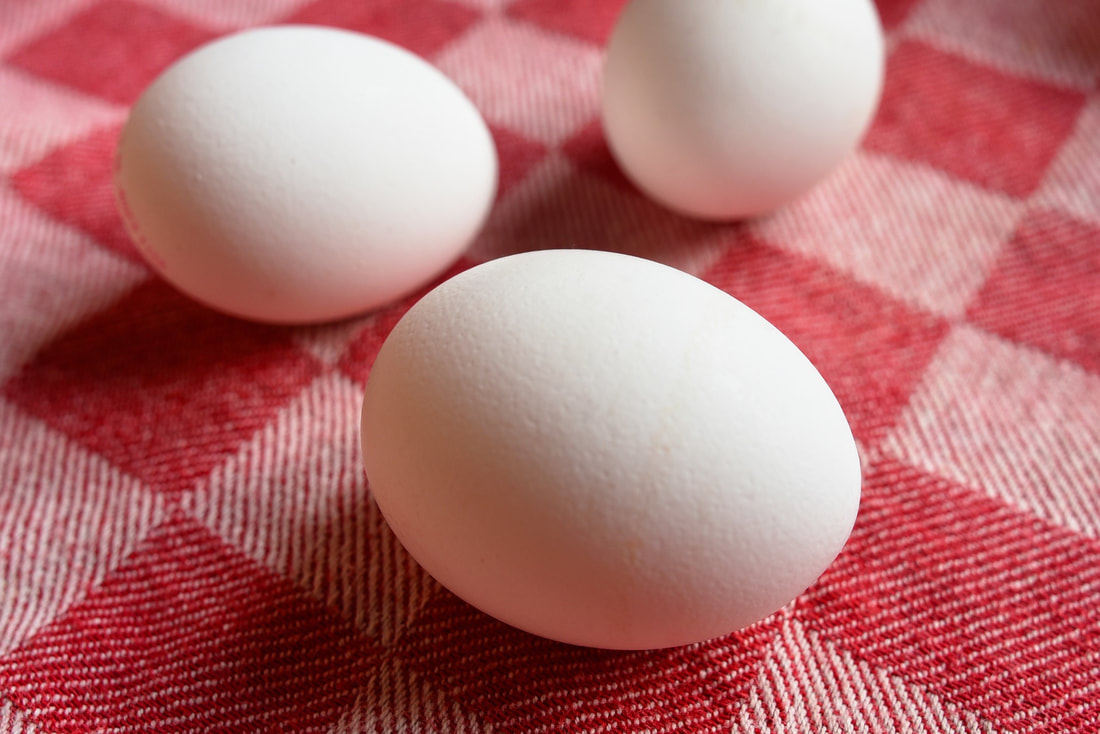
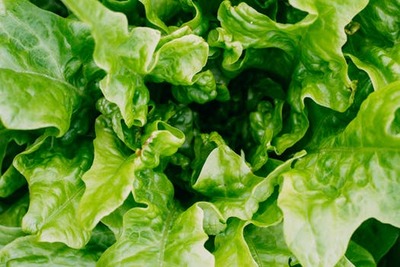
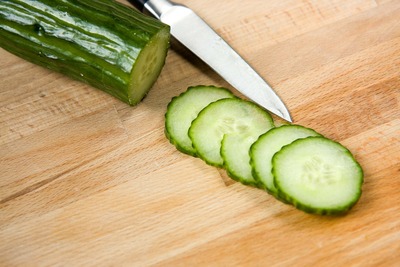
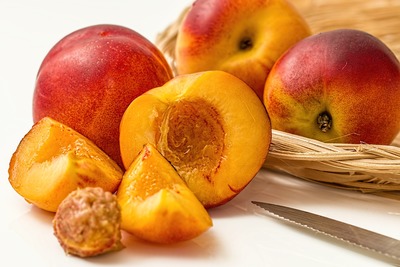
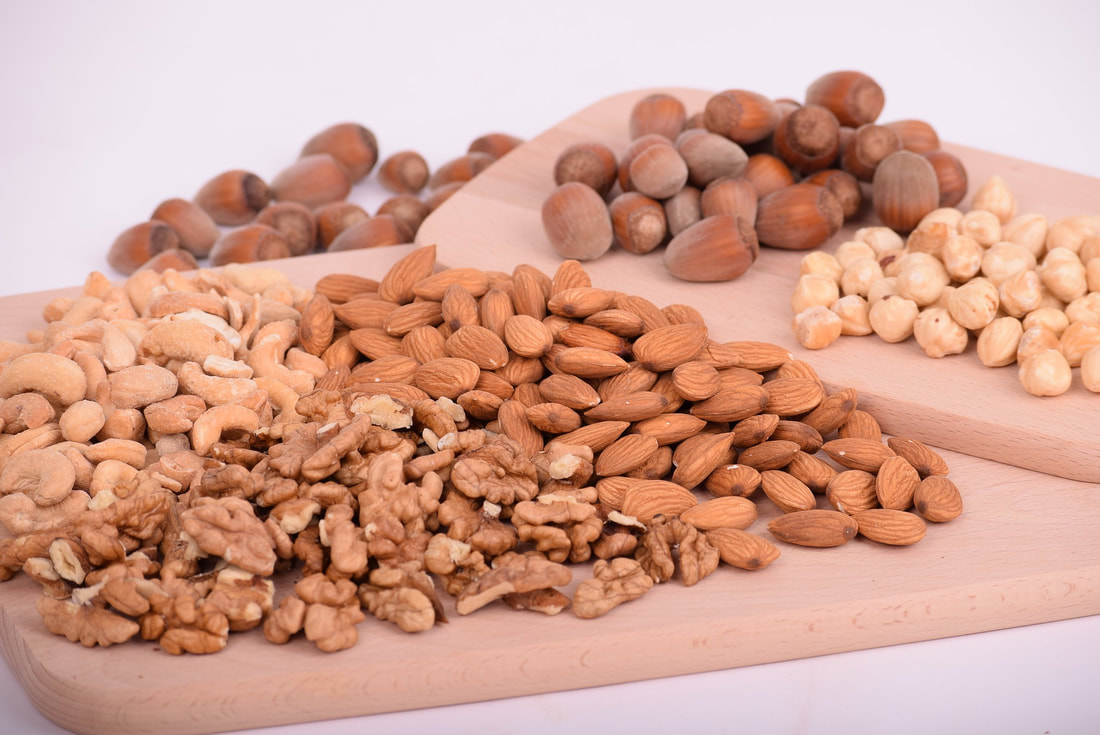
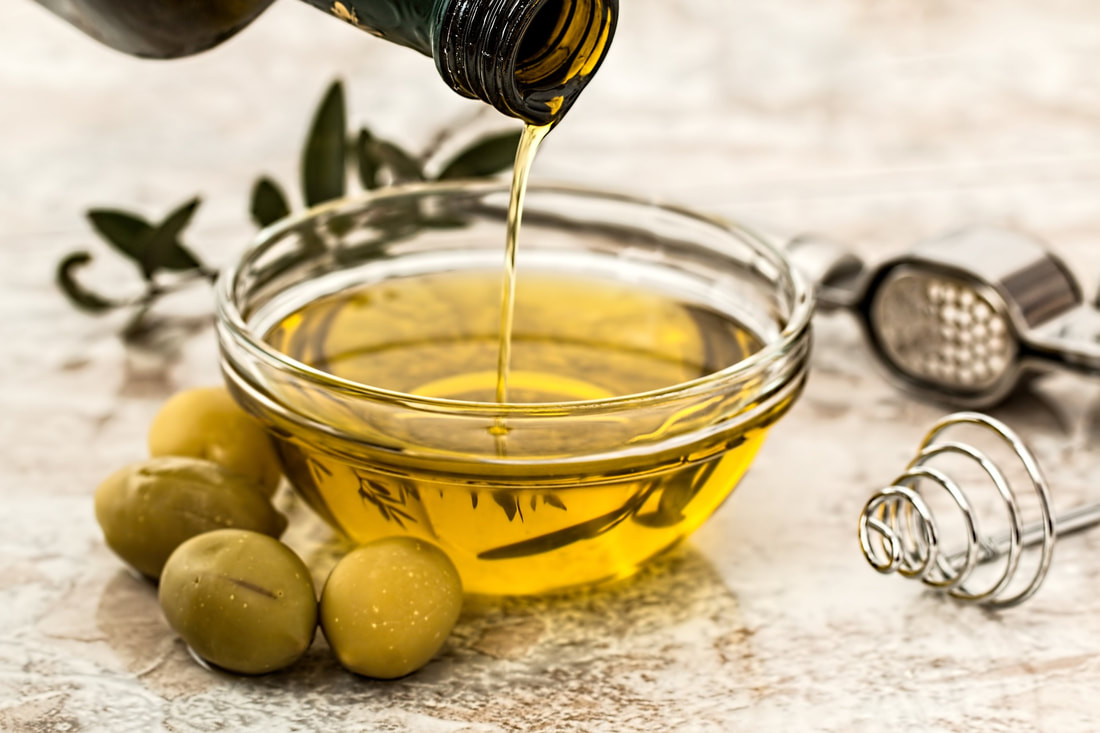

 RSS Feed
RSS Feed